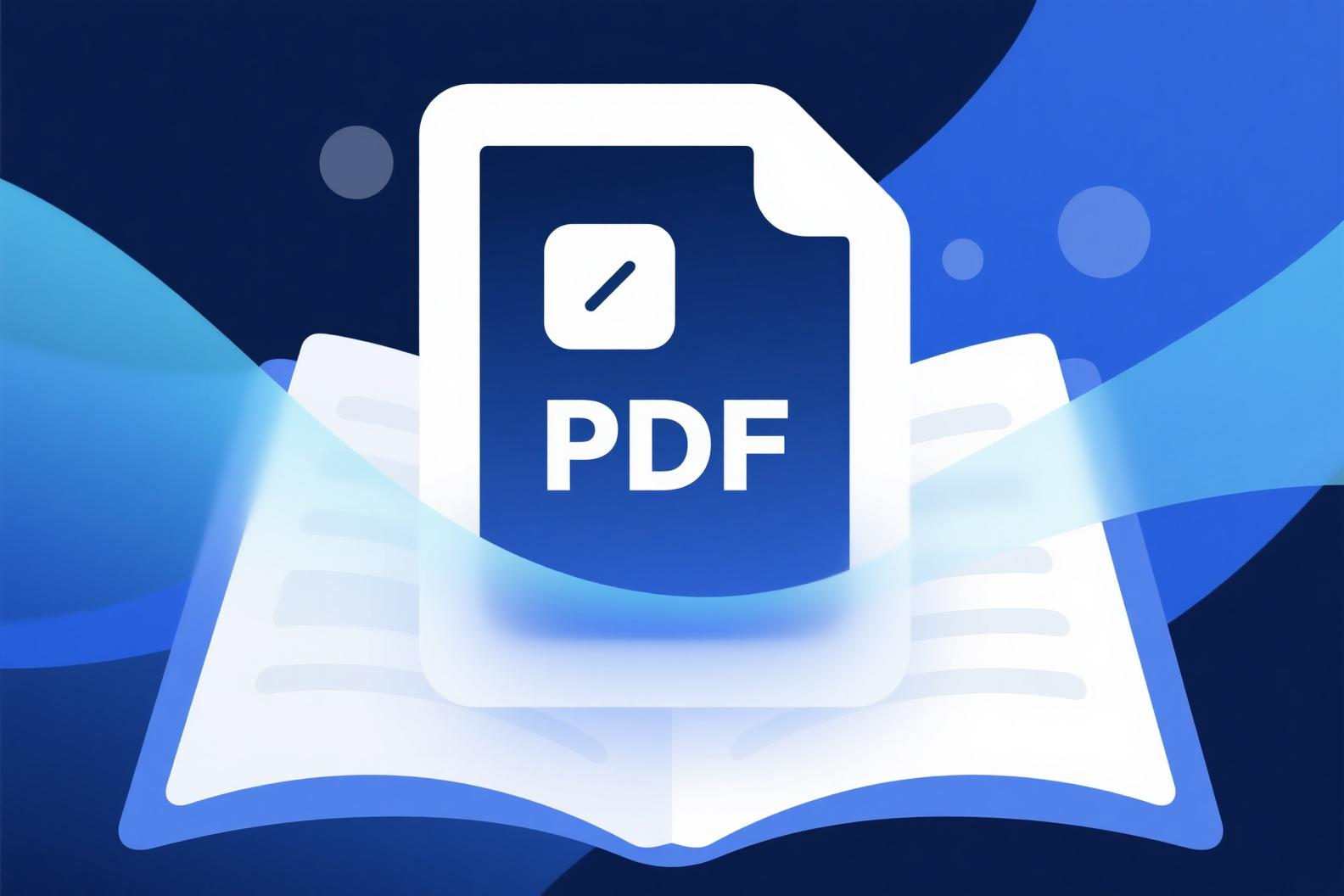Converting Excel files to PDF format preserves data formatting across devices. Here's the complete guide:
-
Open your Excel file
-
Launch Microsoft Excel
-
Click "File"→"Open" to select your workbook
-
-
Access Save As option
-
Click the "File" menu
-
Select "Save As" from left panel
-
-
Configure save settings
-
Choose save location
-
Select "PDF(*.pdf)" from "Save as type" dropdown
-
Click "Options" for advanced settings
-
-
Adjust conversion range
-
Publish what: Entire workbook, active sheets or selection
-
Optimization: Standard or minimum size
-
Include non-printing information if needed
-
-
Complete conversion
-
Click "Save" after confirmation
-
Large files may require more time
-
Advanced Techniques
-
Multiple sheets: Hold Ctrl to select specific sheets
-
Print area: Set print area before conversion
-
Batch conversion: Use VBA macros for multiple files
-
Gridlines: Check "Print" under "Gridlines" in Page Layout
Troubleshooting
-
Truncated content
-
Adjust column width and row height
-
Set proper scaling in Page Layout
-
Use "Fit to Page" feature
-
-
Formatting issues
-
Avoid special fonts and conditional formatting
-
Copy complex areas as pictures
-
Use PDFSail converter for better results
-
-
Large file size
-
Compress worksheet pictures
-
Remove unnecessary formatting
-
Optimize with tools like PDFSail
-
-
Unsearchable content
-
Check "Document properties" in options
-
Avoid converting entire sheets to images
-
Professional PDF Tools
For professional Excel to PDF conversion, we recommend PDFSail offering:
-
Accurate Excel table conversion
-
PDF compress, merge, encrypt functions
-
Batch conversion support
-
Cloud-based processing


